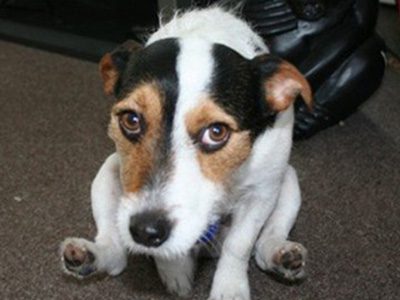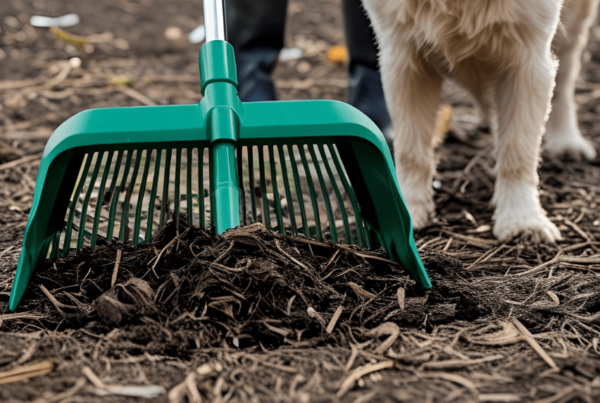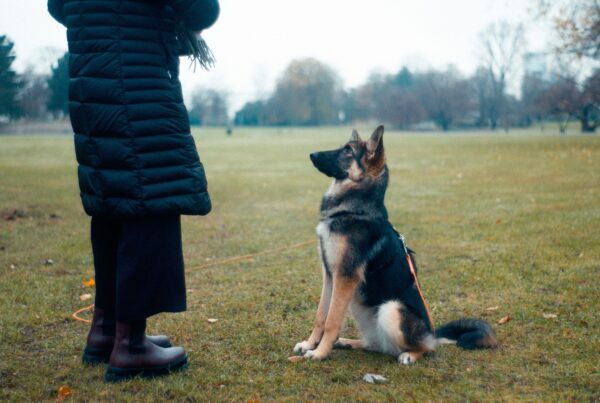
Why Do Dogs Scoot?
Most dog owners have experienced this situation at least once. You’re lounging around the house, entertaining friends. Maybe it’s a dinner party. Maybe it’s a game day gathering or a child’s birthday party. Everyone’s enjoying themselves when your four-legged friend wanders into room, plops itself down on the ground and, in full view of all your guests, starts dragging it’s butt across the floor, smearing who knows what into your clean, white carpet..
Whether you’re angered, embarrassed, or entertained depends on how much you know about scooting and how much you like your carpet. The sight of your dog scooting around the house can certainly make you chuckle, but know that your dog isn’t laughing…or wouldn’t be laughing if it was capable of laughing. Because scooting almost always indicates pain or discomfort.
Common Causes of Scooting
Dogs scoot to relieve pain or itching around the anus. There are several common causes, and it’s often possible to determine what’s going on with a simple visual, and unfortunately olfactory inspection. So get yourself a good flashlight and take a big whiff. You’re nose won’t thank you but your dog will.
Anal Sac Issues
These are by far the most common cause of scooting. A dog’s anal sac can become impacted, abscessed or blocked, causing a good deal of pain and irritation. If scooting is accompanied by swelling around the anus and a strong, foul odor, anal sac issues are the likely cause. If there’s impaction or a blockage the anal sacs can be manually expressed. You can do this yourself if you’re feeling brave, or have it done at your vet’s office. Warm compresses can also help break up the offending material, as well as relieve discomfort. If anal sac issues aren’t something you’re comfortable with a trip to the vet is probably in order.
Fecal Matting
Look for fur matted with feces around your dog’s anus. This can lead to itching and discomfort when left unchecked. Thankfully relief is as easy as a thorough cleansing of the area as well as trim of the fur close to the anus to prevent recontamination. However, if there’s discharge or other signs of infection, see your vet.
Worms
Tapeworm infection is another cause of scooting. If you see small, rice-like segments, or obvious, writhing worms around your dog’s anus, it’s almost certainly infected. Worms can be treated easily with medication.
Rectal Prolapse
If a fleshy, tube-like structure can be seen protruding from your dog’s anus, your dog is likely suffering a rectal prolapse. This happens when a short length of your dog’s rectum emerges through the anus. It’s uncomfortable and can certainly lead to scooting behavior. Your vet will be able to properly reinsert the rectum, and has various means available to him or her to prevent future prolapsing.
What if Everything Looks Fine?
If your inspection doesn’t reveal any obvious redness, swelling, discharge or unusually strong odor then it’s possible your dog is just itchy, a condition that may be temporary. The best thing to do is clean the area well and then keep an eye on the problem. The scooting behavior may cease in a day or two. If it doesn’t, keep watching your dog’s nether regions. If signs of something problematic do eventually materialize, you now know what to do. And if you’re still worried it never hurts to make an appointment with your vet.








